A stylish way to add character and usability
Modern and contemporary pendant lights are the most popular types of hanging light fixtures that stand out for their power and character to reinvent a space. Pendant lighting is a suspended form of light hanging from the ceiling by a cord, chain or metal rod. This design lends itself to every style. A pendant light can be as exquisite and grand as a chandelier, as understated as a wall sconce, or as functional as a table lamp. It can be a breathtaking centerpiece that creates a commanding focal point. It can also deliver refined and neutral elegance that blends into almost any decorating theme. Among the wide variety of pendant light fixtures, modern and contemporary lights provide the most effective way to accomplish a lighting scheme that will refresh a room for decades ahead.
Modern vs. contemporary design style
Modern and contemporary designs are two styles but frequently used interchangeably. Both modern and contemporary style light fixtures hold minimalist design aesthetics, use a mixture of materials, as well as feature clean lines, simple styling, and absence of fine details. Strictly speaking, modern pendant lighting is an interpretation of design that started in the early 20th century. It is characterized by solid colors, sharp angles, minimalistic schemes and intentional symmetry. Compared with other design styles, modern design is more about functional than style, although it is sometimes about breaking the rules. Contemporary design is distinguished by abstract or asymmetrical silhouettes, smooth angular lines, unique splashes of color, and a mixture of elements from different time periods. Contemporary style is fluid as it captures all designs being produced to create current trends.
The poetry of minimalist appeal and energetic design
Nothing is more enjoyable than finding pendant lights that fuse form and function to completely tie the aesthetics of a room together. Modern pendant light fixtures are universally appealing pieces that are all wonderful additions to living rooms, dining rooms, bedrooms, corridors, and entryways. They also works wonders in hospitality and commercial spaces such as foyers, lobbies, restaurants, bars, and studios. The poetry of reduction in modern minimalism elevates a simple form to new levels of sophistication. The energetic contemporary design provides a captivating focal point to match or contrast the interior decor. The trend to integrate lighting and architecture reinforces the unique architectural personality in modern and contemporary designs. Their signature clean lines and striking geometric forms lend versatility to pendant lights and allow them to bring architectural appeal to the design, whether the fixtures should differentiate themselves or blend in the space.
The layered approach to lighting design
An interior space often incorporates layers of lighting to maximize the use of the space. This layered approach to lighting design commonly takes advantage of pendant lighting to optimize a room space, both visually and functionally. The ambient layer of lighting can be attractively accomplished with a gorgeous pendant. The hanging ceiling light casts a grand spectrum of light that illuminates the whole room uniformly while creating atmosphere and glow. Shaded, low-hung pendant lights are often used to provide task lighting over kitchen islands, countertops, dining tables, or desks. These fixtures provide a well-defined flood of light to illuminate areas where direct lighting is needed to prepare a meal, enjoy dinner, reading a book, or get work done. While the ambient and task layers of lighting are essential for handling the functionality demand of a room, the decorative layer of lighting enhances the look of the space as a design element. Pendant lights are often designed as decorative light fixtures that make a truly striking aesthetic statement in an otherwise plain space.
Fixture design and light distribution characteristics
Modern and contemporary pendant lights embrace a plethora of geometric designs which can include dome, bell, globe, teardrop, bowl, cluster, cone, cylinder, diamond, disc, ring, as well as abstract. The sleek fluidity and minimalist aesthetic of the fixture geometry explore the possibilities of timeless sensibility and visual engagement, making modern and contemporary designs never go out of style. A pendant light comes with either a solid or a translucent shade. Task pendant lighting provides direct, downward illumination with the beam shaped by a solid shade, which also shields the light source to eliminate glare. Pendants with open bottoms are generally hung at or below eye level. Bottom shielding may be required to avoid creating glare when the pendant is mounted above eye level. Ambient pendant lighting may be provided by a pendant with its light source shielded by a translucent shade, or an inverted pendant that illuminates the ceiling (indirect lighting).
In addition to the versatility in delivering aesthetical personality and light distribution, pendant fixtures are characterized by a great flexibility of use with their vast size options. A large pendant can scale over 48 inches in diameter/width, allowing it to make a grand statement on its own. Mini pendants can be as small as 6 inches that allows greater pairing and clustering possibilities.
Legacy form factors
The perfect fusion between form and function in modern and contemporary pendant lights is only possible when LED technology is built into the lighting systems. LED pendant lights come in two types: lamp-based and integrated. Lamp-based LED pendant lights are essentially LED retrofit fixtures that were originally designed for incandescent or fluorescent technologies. The light sources used in these fixtures are LED light bulbs that have a light output, pattern as well as form factor similar to incandescent or fluorescent lamps. Of all the LED bulbs that are available on the market, the vintage-style LED filament bulbs that keep the look and feel of incandescent lamps have a soaring popularity.
The fact that pendant lighting frequently incorporates exposed light bulbs as a design element creates a dilemma in harvesting the cutting edge LED technology. LED light bulbs are not an effective use of LED technology because they have limited room to incorporate high performance thermal management systems and driver circuits. To make matters worse, the prices of LED bulbs have dropped to commodity levels. Rapid price reductions as well as the space constraint of LED bulbs lead to a significant compromise in the light quality and reliability of LED bulbs.
Integrated LED pendant lights
Integrated LED pendant lights take a systems approach that unlocks the full benefits of LED technology and opens up a new realm of design possibilities.
- Integrating LEDs directly into the light fixtures maximizes the effective surface area for heat dissipation which is critical to the color stability and lumen maintenance of LEDs.
- Full-featured drivers that deliver low ripple output and protect LEDs from electrical abuse can be used to operate the LEDs. The ability of LED drivers to reduce the output current ripple is especially important for pendant lighting since large ripples in the direct current can cause LEDs to flicker.
- Robust dimming circuits and sophisticated controls that will enable the products to respond dynamically to changing conditions and demands can be built into the systems so that adaptive lighting, smart lighting and human centric lighting can be enabled.
- The integrated design allows to incorporate high color rendering LEDs which are nowhere to be found in the absolute majority of LED bulbs.
- A more thrilling advantage with integrated system design is the ability to create more sculptural pendants that unite style, function, and sophistication.

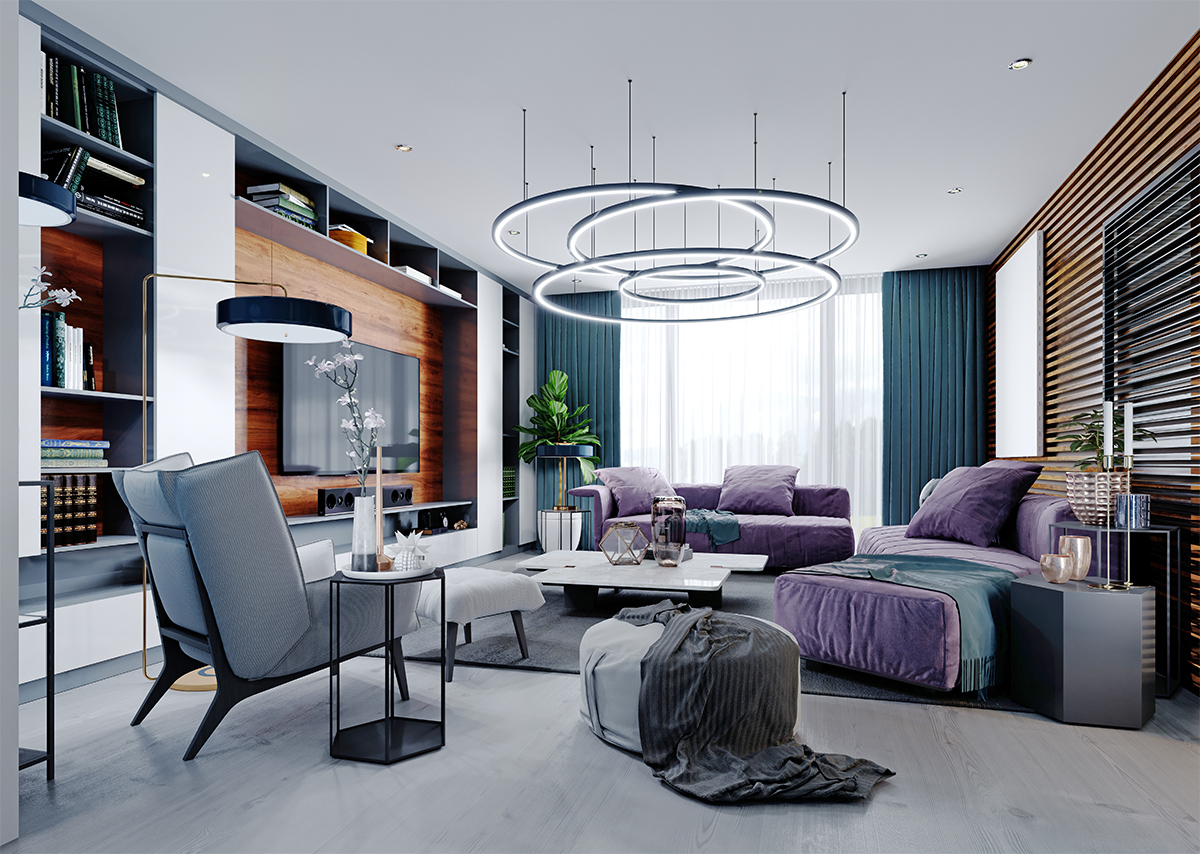
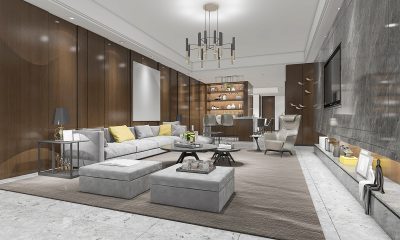
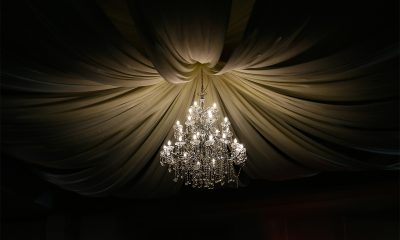
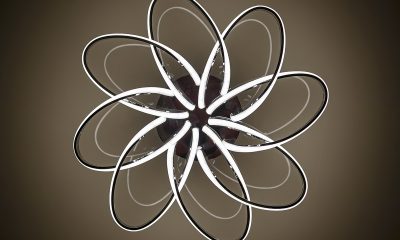
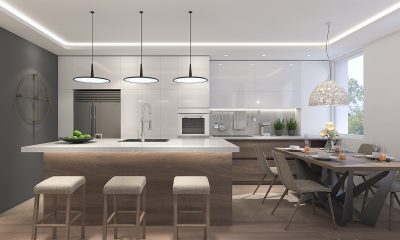
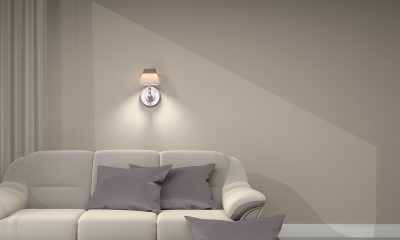
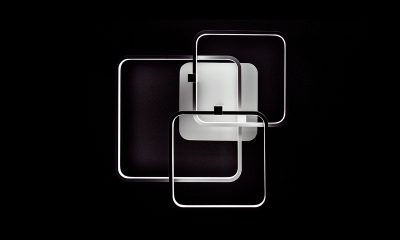
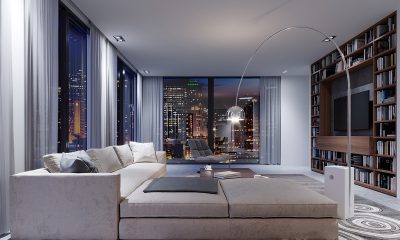
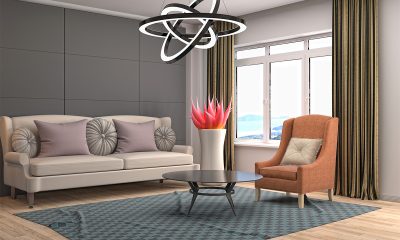
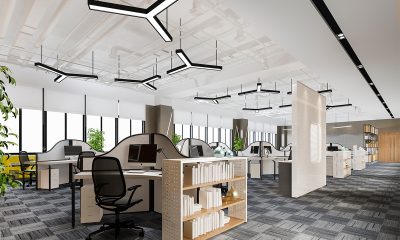
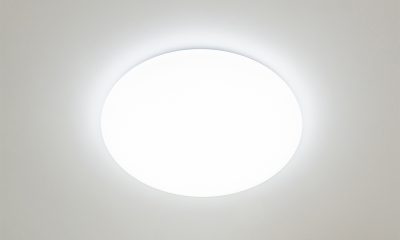
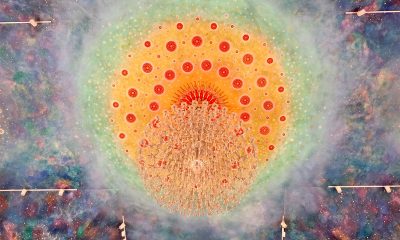
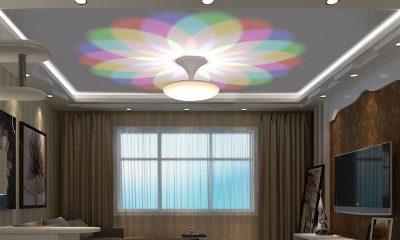





Loading...